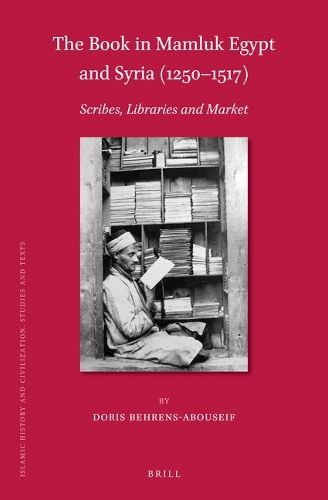Readings Newsletter
Become a Readings Member to make your shopping experience even easier.
Sign in or sign up for free!
You’re not far away from qualifying for FREE standard shipping within Australia
You’ve qualified for FREE standard shipping within Australia
The cart is loading…






This book is the first to date to be dedicated to the circulation of the book as a commodity in the Mamluk sultanate. It discusses the impact of princely patronage on the production of books, the formation and management of libraries in religious institutions, their size and their physical setting. It documents the significance of private collections and their interaction with institutional libraries and the role of charitable endowments (waqf ) in the life of libraries. The market as a venue of intellectual and commercial exchanges and a production centre is explored with references to prices and fees. The social and professional background of scribes and calligraphers occupies a major place in this study, which also documents the chain of master-calligraphers over the entire Mamluk period. For her study the author relies on biographical dictionaries, chronicles, waqf documents and manuscripts.
$9.00 standard shipping within Australia
FREE standard shipping within Australia for orders over $100.00
Express & International shipping calculated at checkout
This book is the first to date to be dedicated to the circulation of the book as a commodity in the Mamluk sultanate. It discusses the impact of princely patronage on the production of books, the formation and management of libraries in religious institutions, their size and their physical setting. It documents the significance of private collections and their interaction with institutional libraries and the role of charitable endowments (waqf ) in the life of libraries. The market as a venue of intellectual and commercial exchanges and a production centre is explored with references to prices and fees. The social and professional background of scribes and calligraphers occupies a major place in this study, which also documents the chain of master-calligraphers over the entire Mamluk period. For her study the author relies on biographical dictionaries, chronicles, waqf documents and manuscripts.